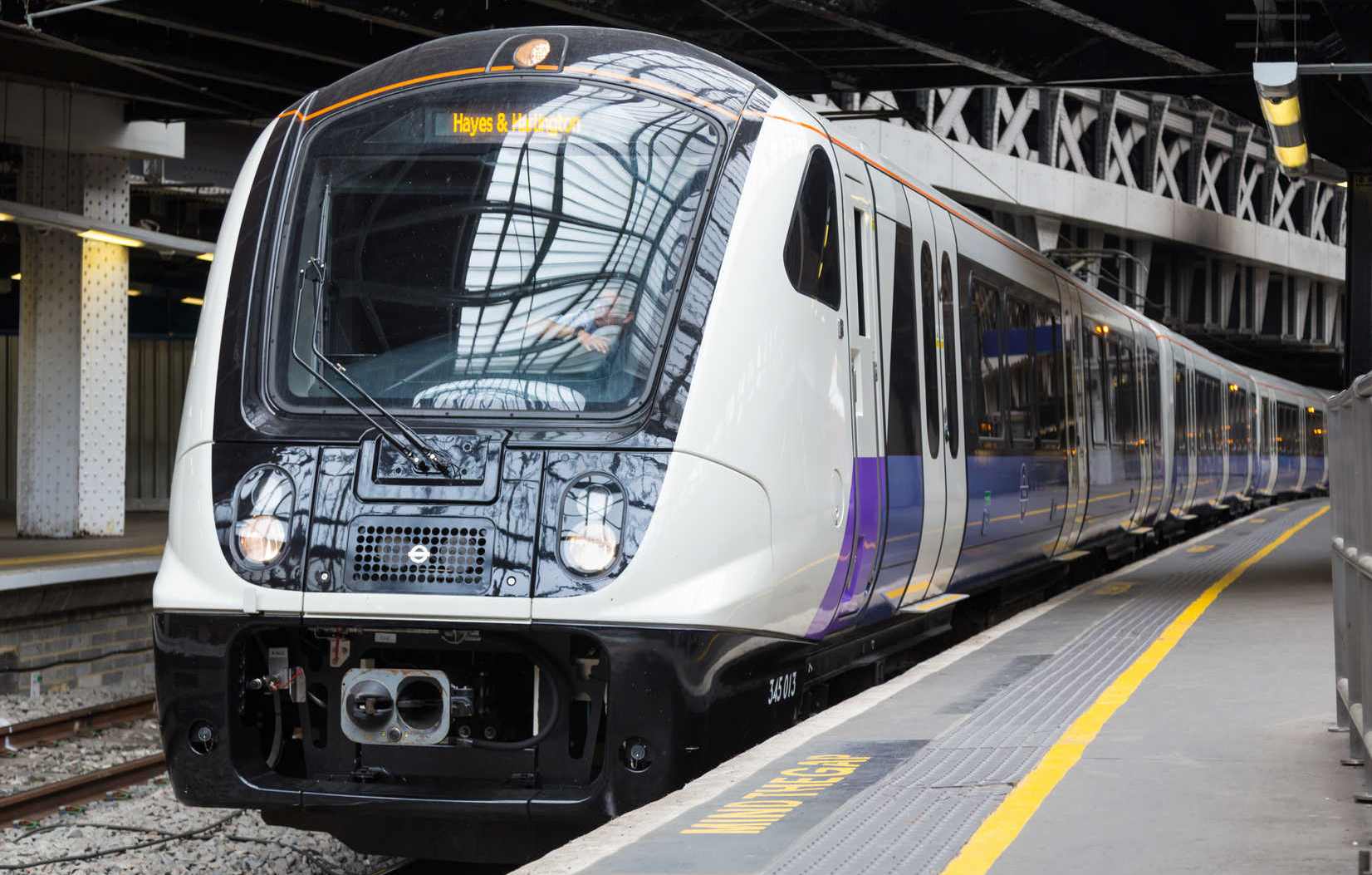My understanding is that the Class 390 and 221 can safely negotiate curves at EPS speeds without overturning whether rhe body tilts or not.
But when the body does not tilt to counteract the higher G forces, then passengers trying to walk through the train would likely find it harder to walk without handrails, luggage will more likely fall out of overhead shelves and items on tables will slide off.
The centre of gravity appears to be very low as the train bogies ate quite heavy and most of the heavy components are hung under the body.
THis video demonstrates the body tilt movement while standing still.

